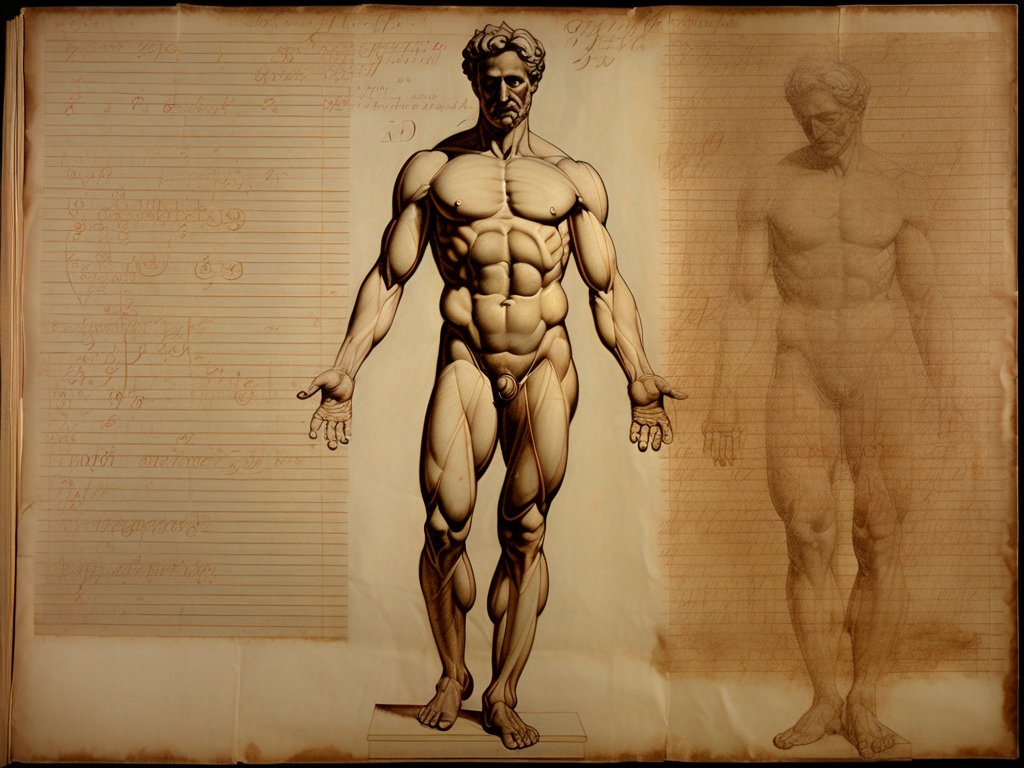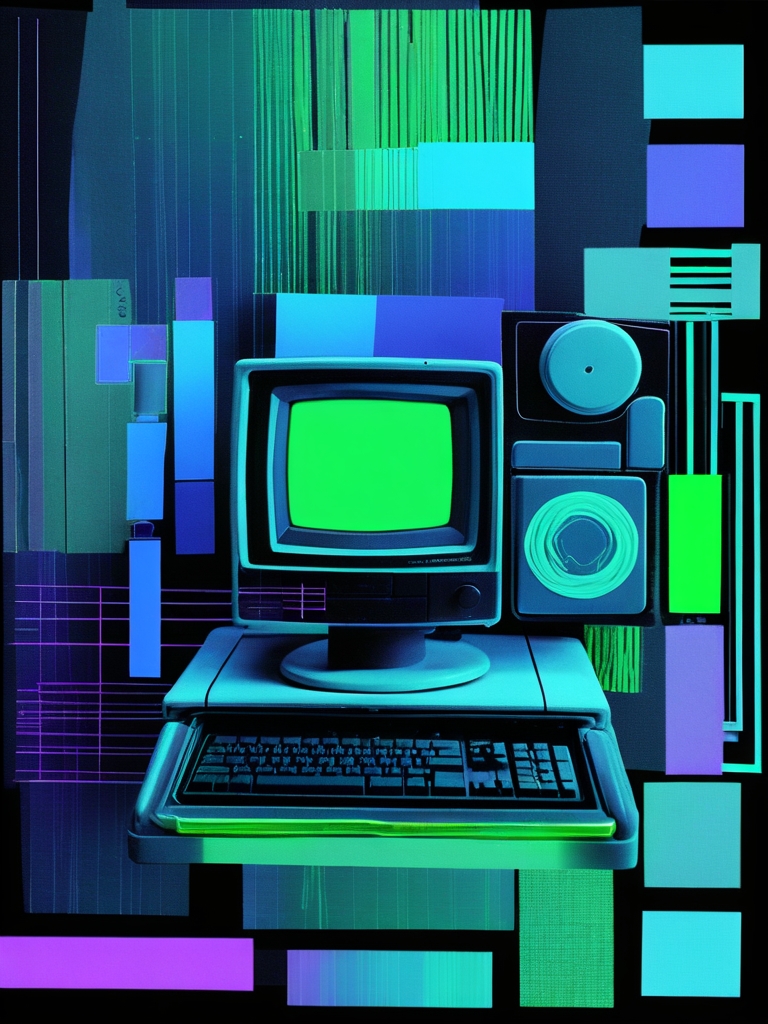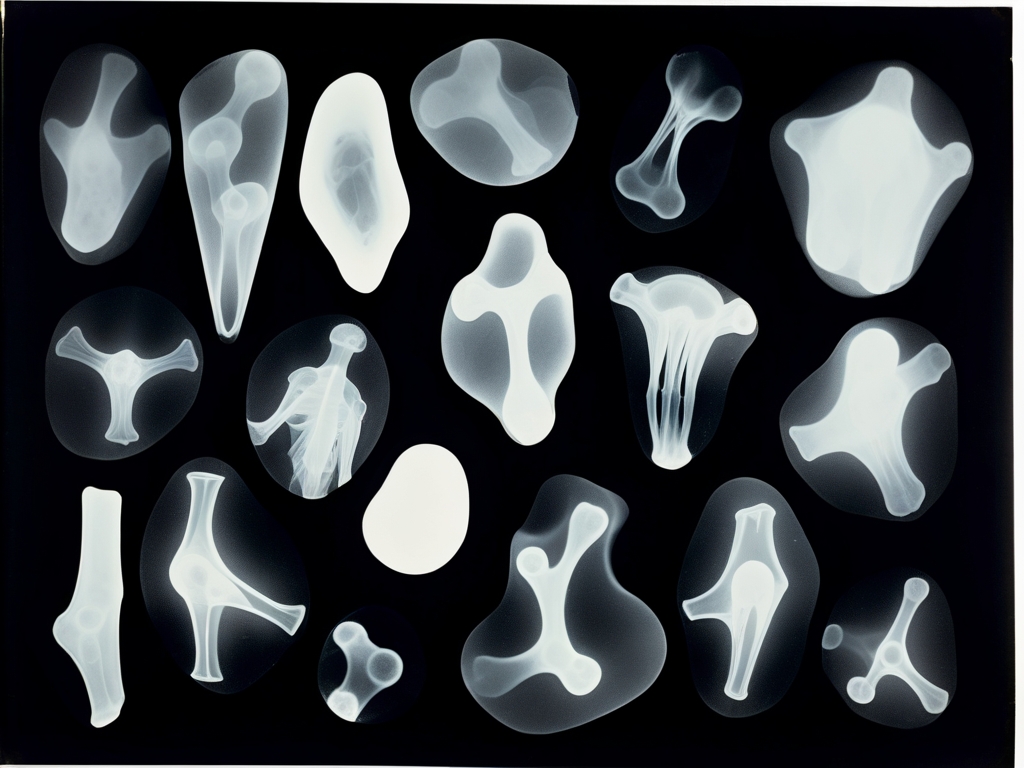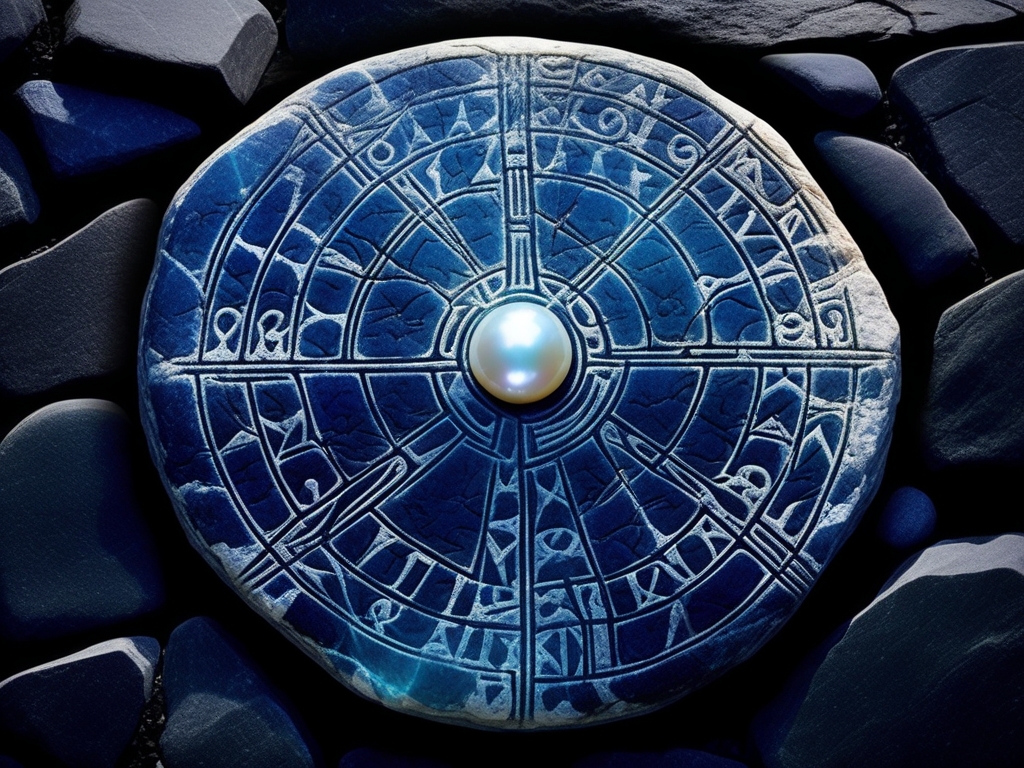The Meridian Goblet
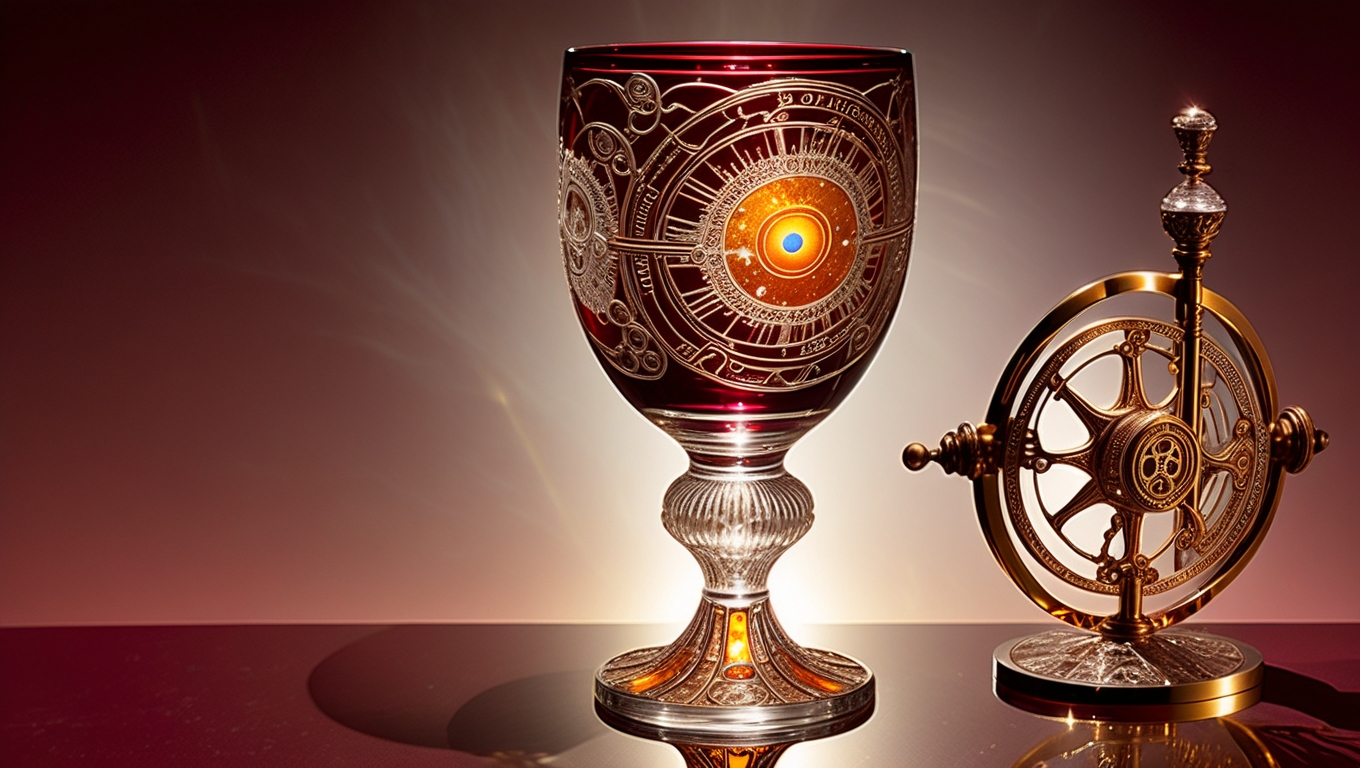
Within the subdued ambiance of Ravensfield’s Climate Gallery, beneath a gentle amber glow, there rests a crystal goblet unlike any crafted during the Renaissance. Its translucent bowl gleams with a profound ruby radiance, while slender silver filigree weaves intricate astronomical motifs across its surface. Encased within the crystal stem lies a meticulously fashioned brass astrolabe—its delicate mechanisms preserved in exquisite detail yet forever suspended in silent calculation.
Though bereft of any maker’s mark, the goblet’s artistry betrays an intimate melding of Venetian glassmaking finesse and Prague's imperial workshop mastery. Debates among scholars endure: do these embedded instruments serve genuine scientific purpose or are they cunning ornamental ruses? The crystal itself warps light unnaturally, refracting beams into impossible geometries that seem to chart celestial constellations beyond earthly sight.
In 1987, London taxi driver Erasmus Blackwood acquired this enigmatic goblet at an unassuming Bermondsey estate sale. Placed upon his kitchen windowsill, he found solace as morning rays transformed its ruby depths into shimmering prisms of fire. Long accustomed to navigating London’s labyrinthine arteries on nocturnal shifts, this goblet alone offered him a quiet domestic wonder.
But three weeks hence, Blackwood’s familiar world convulsed: streets reversed their flow; landmarks appeared inverted—Big Ben’s clock face unwound counterclockwise; the Thames twisted into impossible bends. Passengers uttered backward syntax; destinations materialized solely in reflection.
The goblet became his fragile tether to sanity. Each dawn, he gazed deeply into its crystalline core where the embedded astrolabe lay motionless yet pulsated with uncanny precision—as if mapping distances between parallel realities. In this mirrored London, traffic signals pulsed inversely; even his cab’s odometer ticked backward.
He found others ensnared within this reflected realm—a postman delivering mail from yesterday; a baker whose bread rose only to revert to flour. At daybreak they convened beneath Hyde Park’s mirror image and shared their displacements while the astrolabe silently measured gravitational tensions between worlds.
"It measures distances that cannot be traveled by any earthly conveyance." Dr. Venetia Crowthorne, Temporal Archaeology
Catastrophe struck when Blackwood confronted his own reflection driving toward him on Piccadilly—his twin semblance gestured with casual familiarity as though such meetings were commonplace. The goblet resonated harmonically; its embedded mechanism spun wildly yet soundlessly—calculating trajectories forbidden to intersect.
Blackwood awoke back in original London—the goblet shattered upon his kitchen floor beside its separated brass astrolabe now mute and inert. Yet fleetingly—in peripheral glimpses—he perceives streets flowing backward and hears passengers speak reversed words: faint echoes of a world existing only through reflection.
The fragments entered Ravensfield’s collection via Cordelia Thorne-Ashworth, acquisition specialist who procured them from Blackwood's estate after his mysterious vanishing. Devoting two years to meticulous restoration by Renaissance techniques she returned it near-wholeness—though the astrolabe never revived its spectral function.
Visitors report temporal dislocations beneath gallery lighting: reflections preceding movement by moments; museum staff have documented seventeen instances wherein guests become lost within Ravensfield's halls for hours—found describing phantom rooms visible only on archaic blueprints: spaces never built yet glimpsed through fractures of time and dimension invoked by this enigmatic artifact.

